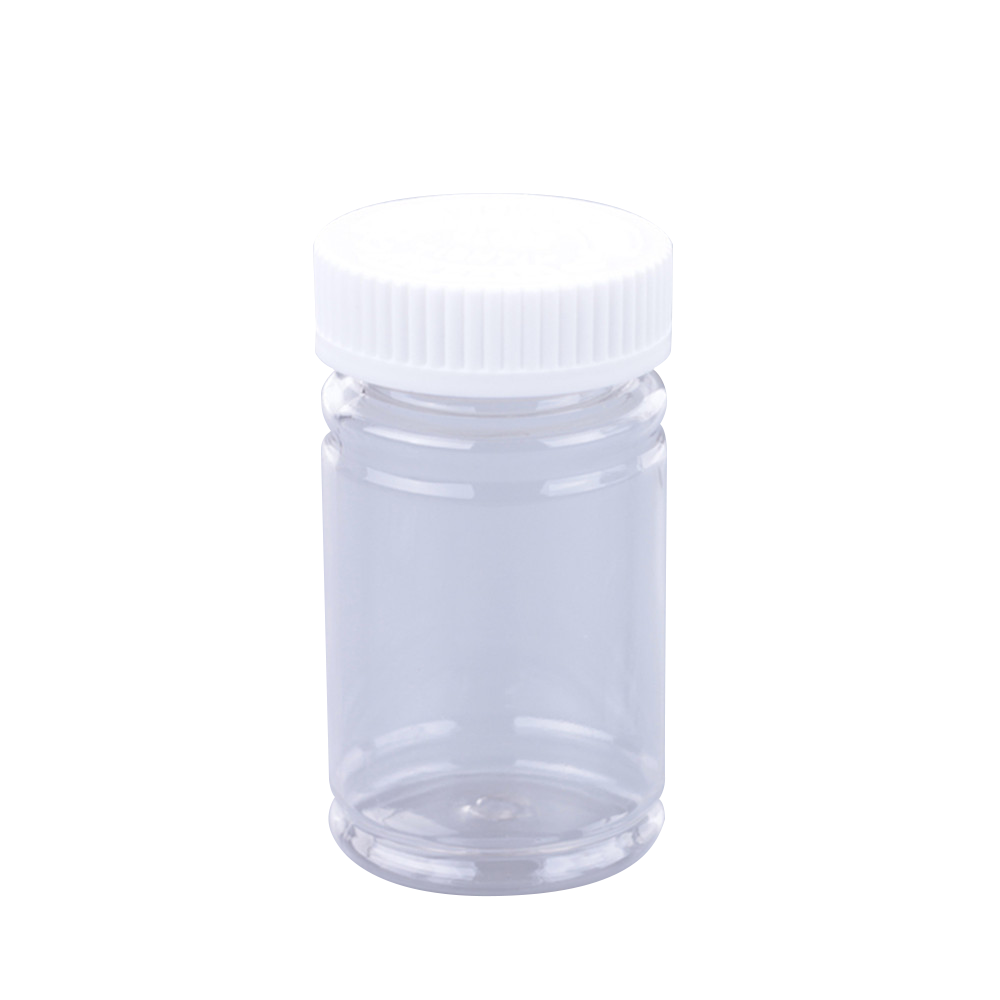Polyethylene terephthalate, commonly known as PET, is a versatile and widely used material in various industries. Understanding the properties and applications of PET is essential for making informed decisions regarding its use.
Composition and Structure:PET is a thermoplastic polymer made from ethylene glycol and terephthalic acid. Its molecular structure consists of long chains of repeating units, providing strength and durability.
Transparency and Clarity:PET exhibits excellent transparency and clarity, making it an ideal material for packaging applications. Its optical properties allow for clear visibility of the contents, making PET suitable for products where visual appeal and product display are important.
Lightweight and Shatter-Resistant:PET is a lightweight material, offering advantages such as reduced shipping costs and ease of handling. Despite its lightweight nature, PET is highly shatter-resistant, making it a safe choice for applications where breakage can pose risks.
Strength and durability: PET has good mechanical strength, which can be used as a PET Medicine Bottles, allowing it to withstand external forces without deformation or damage. This property makes it suitable for packaging and storage applications that require robust and durable containers.
Chemical Resistance:PET exhibits excellent resistance to a wide range of chemicals, including acids, alkalis, and alcohols. This chemical resistance makes it a suitable choice for packaging products that come into contact with different substances.
Barrier Properties:PET offers moderate barrier properties, providing protection against moisture, gases, and aromas. It helps preserve the quality, freshness, and shelf life of packaged products, making it widely used in the food and beverage industry.
Recyclability and Sustainability:PET is highly recyclable, contributing to its environmental appeal. It can be recycled into various products, including new PET bottles or polyester fibers for textiles. The recycling process helps reduce waste and conserve resources, making PET a sustainable choice.
Heat Resistance:PET exhibits good heat resistance, allowing it to withstand moderate temperatures without melting or deforming. This property makes it suitable for applications that involve heat sealing or require resistance to heat during product use.
Applications:PET finds widespread applications in various industries, including packaging (bottles, containers, films), textiles (polyester fibers), electronics (electrical insulation), and automotive (interior components). Its versatility and desirable properties make it a preferred choice in many sectors.

PET-036
Number PET-036
Capacity (ml) 100
Diameter (mm) 46.2
Self weight(g) 17

 English
English Español
Español 中文繁体
中文繁体

.jpg?imageView2/2/w/500/format/webp/q/75)





